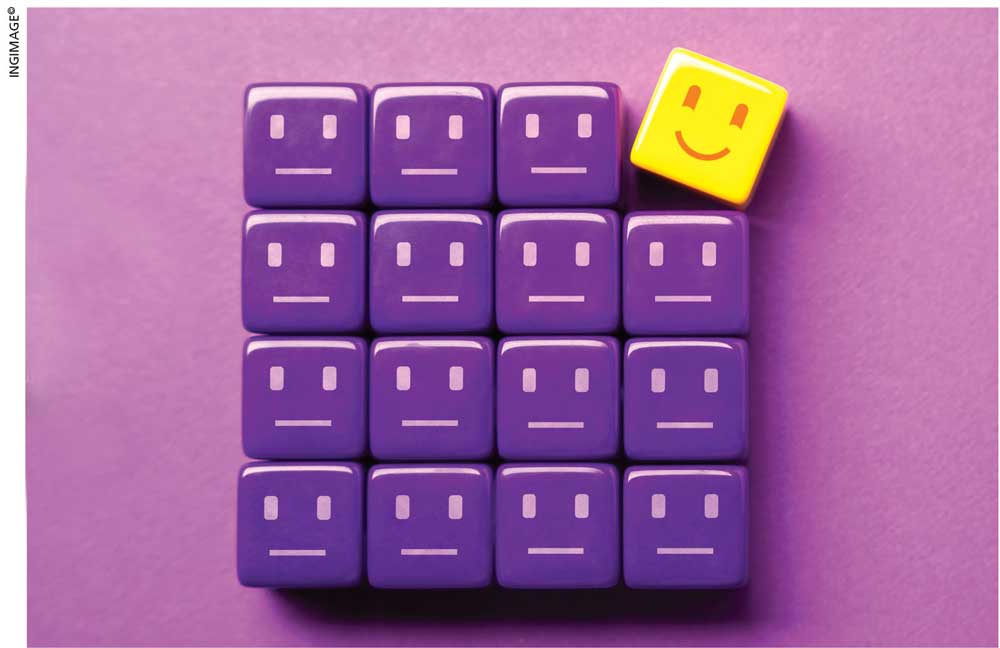NOSTALGIA MARKETING
CUSTOMER EMOTIONS AT PLAY
Manilka Ediriweera weighs in on the marketing impact of happy memories

Nostalgia is the wistful yearning for days gone by. It can evoke a kaleidoscope of emotions that range from joy to a hint of melancholy or even a combination of both. In a world where the past beckons with promises of simplicity and comfort, nostalgia has become a powerful force.
This was especially true in the wake of the pandemic.
While under lockdown, most of us found solace in reminiscing about the past and what we could do until then. Whether it was a special time, favourite movie, timeless piece of music or childhood toy, nostalgia took us back to moments and things that we hold dear; it wrapped us in the warm embrace of positive emotions.
The power of nostalgia does more than simply make us relive positive emotions. It is also becoming a popular strategy in the ever evolving marketing landscape and trending right now with brands recognising its potential. They are now weaving elements from the past and creating a sense of déjà vu that resonates with audiences.
After all, what better way is there to stir up positive emotions than to tap into happy memories of the good old days?
Nostalgia marketing is the art of capturing the consumer’s attention with something new while using the comfort of something old. It’s all about playing on the emotions associated with fond memories to build positive associations with a brand. If mastered properly, this strategy can boost sales and promote brand loyalty.
There are a few ways in which nostalgia marketing can elevate your brand.
One way is to foster a connection with customers where they begin to associate the brand’s offering with the same feelings tied to their personal experiences. Brands can do this by incorporating symbols, concepts or events from the past, which invite their audiences to reflect on happy moments.
Moreover, it enables brands to connect emotionally and personally with their target audiences, by creating a sense of familiarity and comfort that’s irresistibly compelling for consumers. The result is increased brand loyalty and awareness.
But there’s more to this story…
Nostalgia marketing has the ability to make a brand not only relevant but also trustworthy and credible in the eyes of consumers. Studies affirm that nostalgia profoundly influences our behaviour, moods and purchase decisions by making us more likely to spend money.
The Barbie movie is an excellent example of nostalgia marketing. Barbie is more than a doll – it’s a cherished part of many people’s childhoods.
Even before the movie was released, many were riding the nostalgia train, thanks to the meticulously crafted marketing strategy of the Barbie team. The movie and marketing campaign were able to tap into the emotional connections of adults who grew up cherishing their Barbie dolls.
And that’s not all. It managed to simultaneously captivate a new generation too.
By using that iconic pink colour, the classic logo, retro designs and beloved Barbie characters, the campaign served as a time machine and transported fans back to some of their favourite memories. The ripple effect was that brands worldwide rode the Barbie wave and released their own Barbie inspired products.
While the Barbie movie shines as a beacon of nostalgia marketing, it’s not alone. Renowned brands such as Coca-Cola, Disney and Adidas have also leveraged nostalgia to create powerful emotional connections with their audiences.
So are you thinking of hopping onto the nostalgia bandwagon?
Understanding what your audience’s nostalgic triggers are is key. This knowledge will help you create campaigns that resonate deeply with your customers. Visuals and music are powerful tools in nostalgia marketing, and it comes down to how you incorporate them in association with the past you aim to evoke.
If your brand boasts a rich history, incorporate that information into your nostalgia campaign so that loyal consumers can enjoy pleasant memories about the days gone by.
Above all, striking the right balance between the old and new in your campaign is crucial. So ensure that you draw upon elements of the past while making them more relevant to modern audiences. This will create an experience that’s both timely and nostalgic.
In this fast-paced and increasingly digital world, the hunger for the comfort and familiarity of the past is growing. This means that nostalgia marketing will continue to be relevant as a popular brand strategy even in the future.
Whether it’s done by recapturing a historical event, reviving an old advertising campaign or referencing bygone trends, brands can continue to innovate and experiment with new ways to create connections that transcend time through the captivating power of nostalgia marketing.
It’s time to capture the past… and recreate the future.




